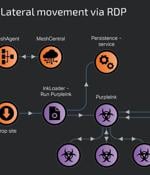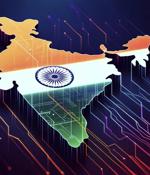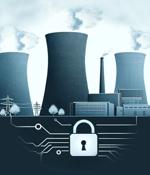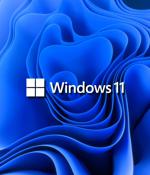Security News

Australia is rapidly embracing renewable energy. But for the nation to successfully leverage renewable energy, it is imperative to establish strong IT foundations.

A previously undocumented cyber espionage-focused threat actor named LilacSquid has been linked to targeted attacks spanning various sectors in the United States (U.S.), Europe, and Asia as part...

According to one report on OT/ICS cyber security incidents, the energy sector recorded 39% of all attacks, with nearly 60% of these attacks attributed to state-affiliated groups. As well as the threat of politically motivated attacks aimed at gaining a strategic advantage, threat actors are also attracted to the potential financial gains from accessing vast stores of sensitive Information.

Indian government entities and energy companies have been targeted by unknown threat actors with an aim to deliver a modified version of an open-source information stealer malware called...

In this Help Net Security video, Mike Britton, CISO at Abnormal Security, discusses how energy and infrastructure organizations face an increased risk of business email compromise and vendor email compromise attacks. According to Abnormal Security data, from February 2023 to July 2023, the average number of BEC weekly attacks was 0.53 per 1,000 mailboxes.

Volt Typhoon isn't the only Chinese spying crew infiltrating computer networks in America's energy sector and other critical organizations with the aim of wrecking equipment and causing other headaches, the US government has said. Last week, the FBI said it obtained search warrants and issued a remote kill command to wipe Volt Typhoon's botnet after the gang infected hundreds of end-of-life routers with backdoor malware to break into critical infrastructure networks.

Energy management and automation giant Schneider Electric suffered a Cactus ransomware attack leading to the theft of corporate data, according to people familiar with the matter. BleepingComputer has learned that the ransomware attack hit the company's Sustainability Business division earlier this month on January 17th. The attack disrupted some of Schneider Electric's Resource Advisor cloud platform, which continue to suffer outages today.

The cyber attacks targeting the energy sector in Denmark last year may not have had the involvement of the Russia-linked Sandworm hacking group, new findings from Forescout show. The intrusions,...

90% of the world's largest energy companies experienced a third-party breach in the past 12 months, according to SecurityScorecard. 92% of the energy companies evaluated have been exposed to a fourth-party breach.

Microsoft has started testing a new Windows 11 Energy Saver feature that helps customers extend their portable computers' battery life. This new feature is currently available to Insiders in the Canary Channel who have installed Windows 11 Insider Preview Build 26002 and it introduces enhanced battery-saving capabilities that make it easy to lengthen battery lifespan by reducing energy usage and some system performance.